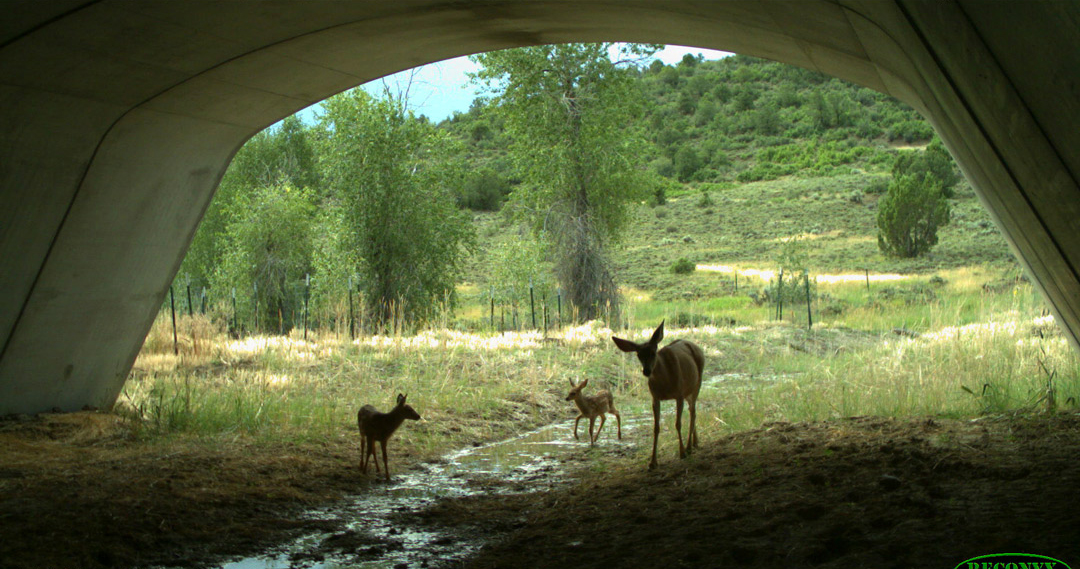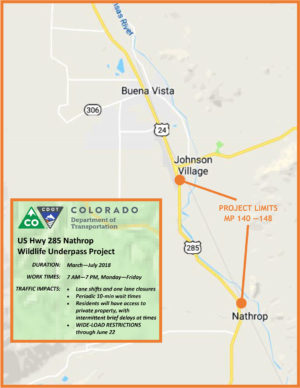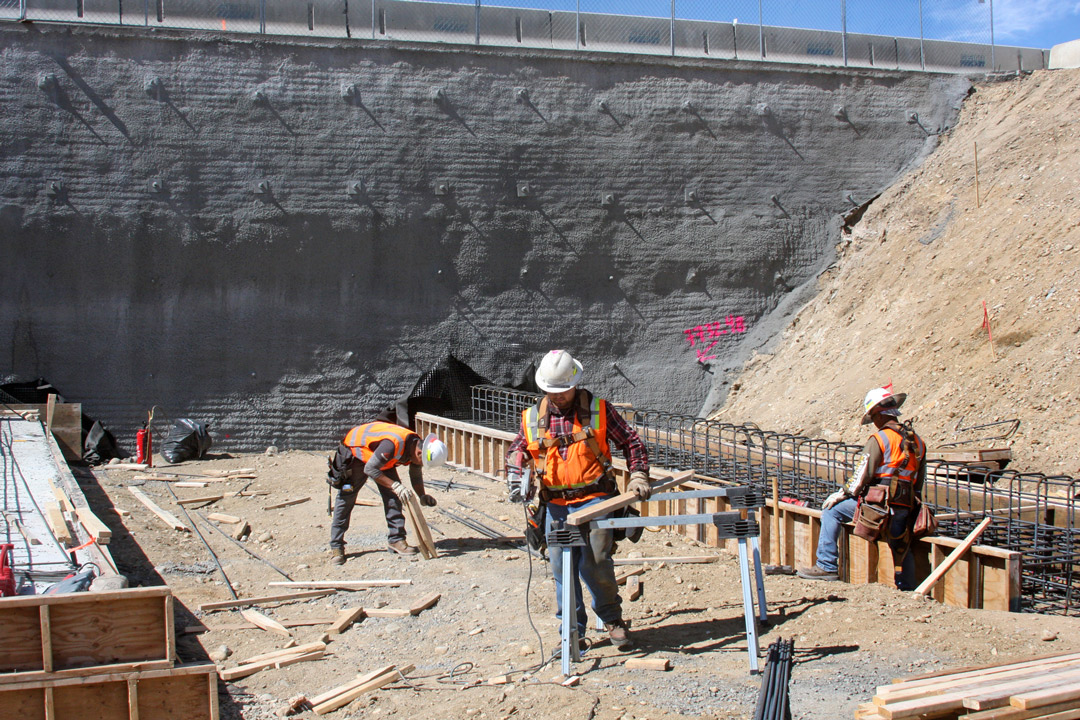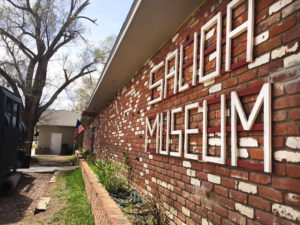
Story and Photos by Mike Rosso
Anyone who drives U.S. Highway 285 between Buena Vista and Salida on a regular basis has likely experienced it.
You’re cruising along at 60 mph or more and the shadowy figure of an animal appears before your headlights. You swerve, brake, maneuver around the animal, hoping to avoid damage to your vehicle, the wildlife and yourself. With luck, you avoid a collision, but many are not so lucky.

This 2 1/2-mile stretch of highway in Chaffee County near Nathrop has seen nearly 70 deer fatalities over the past two years and close to 250 over the past ten years. That is why the Colorado Department of Transportation (CDOT) is taking on a $3.5 million project to widen the highway, create passing and turning lanes, and create a wildlife underpass structure to reduce auto/deer collisions and save lives: both human and animal.
“As the seasons change, many wildlife species move to either higher or lower elevations and into their summer or winter ranges along the valleys, foothills and mountains,” said Mark Lawler, CDOT biologist. “The essential habitats for these animals are intersected by Colorado’s highways, forcing wildlife to cross roadways in search of food, water, space and shelter.”
 The stretch of highway currently under construction is a major thoroughfare for wildlife heading from the Sawatch mountains to the Arkansas River. In CDOT Region 5, which encompasses Southwest/South-central Colorado, there has been an increase in animal vehicle collisions (AVCs) from 1,220 in 2013, to 2,065 in 2016. Some of the deadliest stretches are U.S. Highway 550 from Ridgeway to south of Montrose, U.S. Highway 160, from South Fork to east of Del Norte and 160 from Elmore’s Corner near Durango to east of Bayfield near the La Plata/Archuleta County line. These AVCs can include small and large mammals, from raccoon and skunk to moose and elk.
The stretch of highway currently under construction is a major thoroughfare for wildlife heading from the Sawatch mountains to the Arkansas River. In CDOT Region 5, which encompasses Southwest/South-central Colorado, there has been an increase in animal vehicle collisions (AVCs) from 1,220 in 2013, to 2,065 in 2016. Some of the deadliest stretches are U.S. Highway 550 from Ridgeway to south of Montrose, U.S. Highway 160, from South Fork to east of Del Norte and 160 from Elmore’s Corner near Durango to east of Bayfield near the La Plata/Archuleta County line. These AVCs can include small and large mammals, from raccoon and skunk to moose and elk.
In the summer of 2017, several state and federal agencies met for the first-ever Wildlife and Transportation Summit to establish partnerships and develop an action plan to improve highway safety and protect wildlife populations and their movement corridors.
Two solutions to the issue of AVCs are wildlife overpasses, such as four structures completed on Colorado Hwy. 9 in the fall of 2016, and wildlife underpasses, such as the one under construction in Chaffee County. When completed, the metal structure will be approximately 85 feet long, 12 feet tall and 32 feet wide. Deer fencing is also being installed – five miles worth – to help channel and guide the animals into the underpass. Included in the project are “jump-outs” or game ramps which allow wildlife accidentally trapped inside the highway corridor to get back to safety. The 285 project will have 13 game ramps as well as 14 deer guards, ranging in size from 16 to 35 feet wide, installed at highway accesses along that stretch. The goal is to reduce collisions overall by 75 percent.
When completed, the fencing will run from the Buena Vista airport to just north of Fisherman’s Bridge, where the highway is also being widened to accommodate a new left-turn lane for southbound traffic turning onto County Road 301.

The project requires over 2,000 12-foot posts, buried to a depth of four feet, and 20,000 feet of fencing. Some of the fence posts are being hand dug on areas not acc
essible for machinery and others and being dug and placed mechanically. The highway and underpass work have been contracted out to SEMA Construction of Centennial, Colorado, and the fencing to High Country Fence of Rye, Colorado. Amec Foster Wheeler, of Denver, is managing the project. At any given time there are 18-plus workers on the project, from flaggers to earthwork, to fence and game ramps. Construction times are 7 a.m. to 7 p.m. on weekdays. CDOT is working hard to minimize delays along the highway to no more than ten minutes and the project is scheduled for completion this coming July.


[InContentAdTwo]


